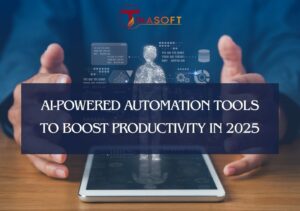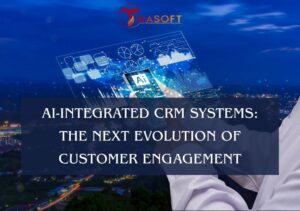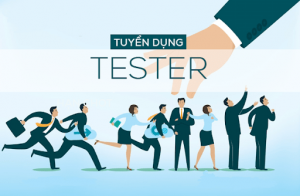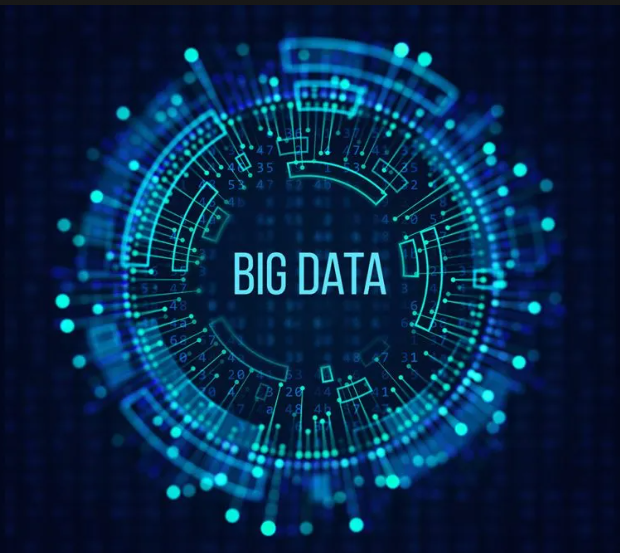
Big Data” isn’t just a concept; it’s a pivotal focus within the realm of information technology. It encompasses a massive cluster of data, so large and complex that conventional tools struggle to handle it efficiently. Let’s delve into what Bigdata is, especially in the preparatory phase of the 5.0 era.
What is the 5.0 period like?
The 5.0 era refers to a stage beyond the 4.0 Industrial Revolution, integrating digital technology deeply and introducing new trends in society, technology, and the economy.
The society 5.0 is often associated with the following trends:
- AI and Machine Learning: The advancement of artificial intelligence and machine learning will continue to strongly shape society 5.0. AI will be extensively integrated across various fields, from automation to healthcare and resource management.
- Internet of Things (IoT): The increasing connectivity of smart devices and sensors will create a network where everything is interconnected, from smart homes to industries and smart cities.
- Blockchain Technology: This technology will continue to be widely applied, not only in cryptocurrency but also in streamlining processes, enhancing security, and ensuring transparency in various industries.
- Biotechnology and Healthcare: Progress in genetics, stem cells, and medical methods will create new opportunities in treating diseases and improving human health.
- Social and Environmental Trends: The 5.0 era might focus on building a more equitable society, being environmentally responsible, and using technology to address social and environmental issues.
The 5.0 industrial revolution doesn’t just generate new opportunities but also poses significant challenges, demanding a perfect blend of human creativity and machine capabilities. From this fusion, we can create a smarter and more sustainable future, where technology serves not only humans but also supports the environment and society.
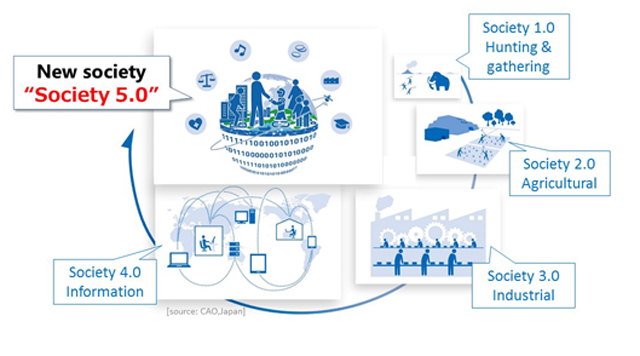
Big Data in the 5.0 era
In this era, Big-data isn’t just about large data sets; it plays a crucial role in generating meaningful and valuable information from data. It’s not merely about collecting and storing vast amounts of data; it involves analyzing, extracting useful information, and applying innovative solutions to solve complex issues.
- Accurate and Swift Information Analysis: In society 5.0, Big Data isn’t just about having a lot of data; it’s about understanding information from this data. AI and Machine Learning play critical roles in analyzing data and extracting accurate information, enabling intelligent predictions, suggestions, and decisions.
- Integration with AI and Machine Learning: Big-data in this era is inseparable from the development of AI and Machine Learning. The combination of large datasets and computer learning capabilities helps create predictive models, identify trends, and optimize processes automatically and effectively.
- Wide Applications: Big Data doesn’t just stop at business domains. In Society 5.0, it is extensively applied in healthcare (disease prediction and health risk detection), smart city management (traffic optimization and public services), energy (energy consumption management), environment (climate change prediction), and many other fields.
- Creating Sustainable Value: Big data in this era focuses not only on creating business value but also on generating sustainable value for society and the environment. Using data to address social issues, protect the environment, and improve quality of life is a vital goal.
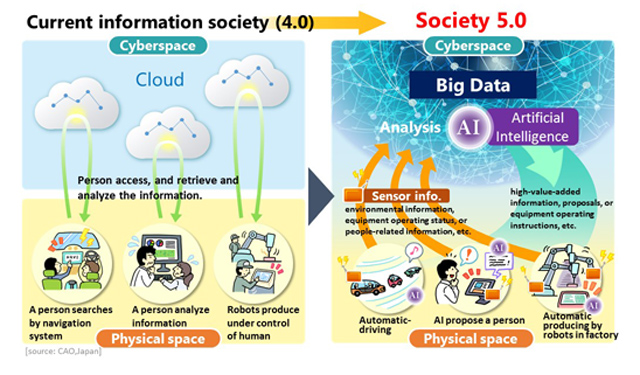
Understanding the term “Big Data”
The term “Big Data” refers to a large, complex, and diverse set of data that conventional database systems cannot efficiently process.
Key characteristics of Big-data include:
- Volume: It represents an enormous amount of data, often ranging from terabytes to exabytes or even petabytes.
- Velocity: Data is generated and collected rapidly, sometimes in near-real-time.
- Variety: Data can encompass various formats, from structured, and semi-structured to unstructured data, including text, images, videos, audio, and user-generated content.
- Veracity: Data might not always be accurate or reliable and can contain errors or inconsistencies.
Big Data often originates from various sources such as social networks, mobile devices, sensors, financial transactions, and more. Working with Big-data isn’t just about storing and processing data but also about extracting meaningful information from it.
It involves methods like data analysis, data mining, and the use of modern technologies such as Machine Learning and Artificial Intelligence to derive useful insights and develop intelligent applications for various fields.
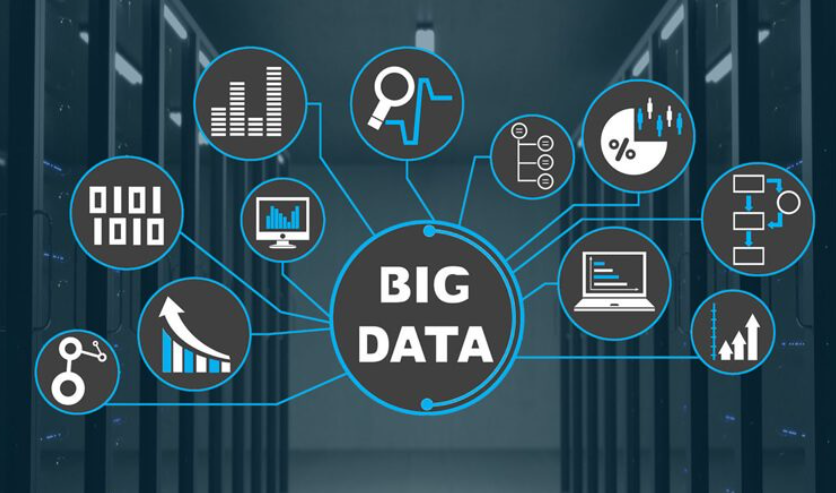
Conclusion
Big Data plays a vital role not only in improving business management but also in addressing social, healthcare, environmental, and numerous other issues. Innovation in applying this vast data is the key to creating intelligent, sustainable solutions that bring value to both society and the environment. If you want to learn more about Big Data, feel free to contact Tinasoft for guidance.







